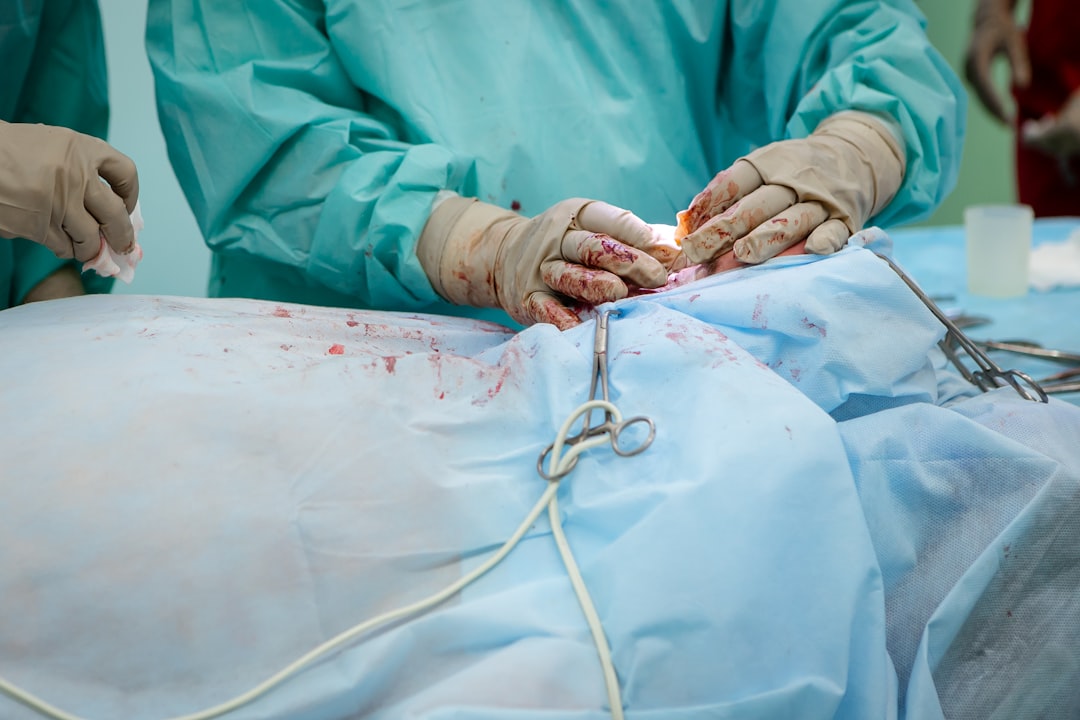What is it about?
Porous biomaterials have been widely used in a variety of orthopedic applications. Porous scaffolds stimulate the cellular responses and accelerate osteogenesis. The porous structure of scaffolds, as well as their compositions, dictate cellular responses such as their adhesion, penetration, differentiation, nutrition diffusion, and bone in-growth. During the last two decades, tremendous efforts have been devoted by researchers on innovative processing technologies of porous ceramics, metals, polymers, and glasses, resulting in a wide variety of porous architectures with substantial improvements in properties. Design and fabrication of porous scaffolds are complex issues that can jeopardize scaffolds’ biological, mechanical, and physio-chemical properties. This paper intends to comprehensively review the processing techniques used in fabricating porous biomaterials including ceramics, polymers, metals, and glasses along with correlating with their biological and mechanical performances. From a macroscopic perspective, pore size distribution, interconnectivity, pore morphology, and porosity play critical roles in bone formation in vivo. From a microscopic viewpoint, the adhesion-retention of proteins which eventually affect some cellular fates, and absorption-delivery of therapeutic agents can be tailored by microtextured surfaces. Various processing techniques such as partial sintering, sacrificial fugitives, foaming, freeze casting, metal injection molding, rapid prototyping, etc., and their associated parameters in designing of porous biomaterials are reviewed, with specific examples of their applications. The remainder of the paper is organized as follows. First, the paper describes correlations of porosity characteristics with biological properties. Subsequently, mechanical properties of porous scaffolds are discussed. Finally, a summary of this review and future directions are presented.
Featured Image
Read the Original
This page is a summary of: Fabrication Aspects of Porous Biomaterials in Orthopedic Applications: A Review, ACS Biomaterials Science & Engineering, December 2017, American Chemical Society (ACS),
DOI: 10.1021/acsbiomaterials.7b00615.
You can read the full text:
Contributors
The following have contributed to this page










